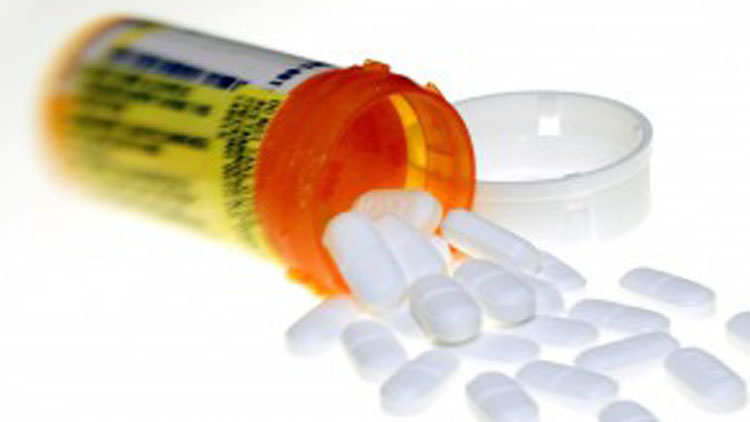Rob was plagued by dependence on the opiate painkiller oxycodone for nearly a decade. Each day, the drug dictated when he ate, slept, and worked. When he couldn’t get the drug his body craved, Rob would buy a substitute opiate on the street to keep from going into debilitating withdrawal.
He saw no way out.
A few months ago, a friend told Rob about Vivitrol, a once-monthly injection that stops cravings for opiates and helps to heal the brain. But Rob was told he needed to be opiate free for about seven days before receiving the slow-release Vivitrol injection or face precipitated withdrawal. He tried on his own to wean himself off the painkillers, but couldn’t do it for long enough.
Then he met a Great Neck neurologist and addiction specialist who was pioneering a new drug to help those addicted to opiates through the harsh withdrawal in the comfort of their home. It’s called Lucemyra and it’s the first and only FDA-approved non-opioid treatment for relief of multiple symptoms of withdrawal. Lucemyra blocks the release into the bloodstream of norepinephrine, a hormone and neurotransmitter that contributes to the withdrawal symptoms.
“Before Lucemyra, patients had to stop using opiates for more than a week and go through severe withdrawal symptoms prior to their first Vivitrol treatment,” Great Beck neurologist Dr. Russell Surasky says. “This is no longer necessary.”
Dr. Surasky says that using Lucemyra in conjunction with other neurologic-based medications can eliminate opiate withdrawal symptoms and allow patients to be treated with Vivitrol just a few days after their last opiate use.
Rob took five days off from work and stayed in bed for the first two. He’s now been clean and on Vivitrol for six months. He said he hasn’t once thought of using opiates.
The severe unrelenting mental distress and physical discomfort of withdrawal is the biggest roadblock people face when trying to stop taking opiates. Detox facilities usually use opiate-based medications such as Suboxone or methadone to wean patients off opioids such as oxycodone or heroin.
Due to the success that Dr. Surasky has had using Lucemyra — the new detox-at-home medication — he has since been hired as a national speaker for the manufacturer, Kentucky-based U.S. WorldMeds. Withdrawal symptoms include full body aches, stomach cramps, profuse sweating, nausea, vomiting, diarrhea, heart pounding, muscle spasms and unrelenting insomnia.
Massapequa Park pain management and addiction specialist Dr. Thomas Jan is currently using Lucemyra to slowly wean a patient off the opiate pain reliever oxycodone. The patient, Phil, suffered a severe injury eight years ago while working as a healthcare professional. After several surgeries, Phil was left dependent on 60 to 80 milligrams of oxycodone three times a day to ease his pain.
Secondary health issues caused by the opiates led him to try to wean himself off oxycodone with Suboxone a few years ago. He was unsuccessful. Dr Jan thought Phil would be a perfect candidate for Lucemyra. In 12 weeks, Phil has decreased his oxycodone use by 20 percent, with no side effects. Phil estimates he’ll be completely off the opiates within a year.
“We now have something that is approved by the FDA, is not a controlled substance, and has a very good safety record — especially in light of its track record [since its 1992 approval in Europe],” says Dr. Jan. “Lofexidine (Lucemyra), in conjunction with other medications we use for comfort, can provide significant relief for those suffering from opioid withdrawal.”
































